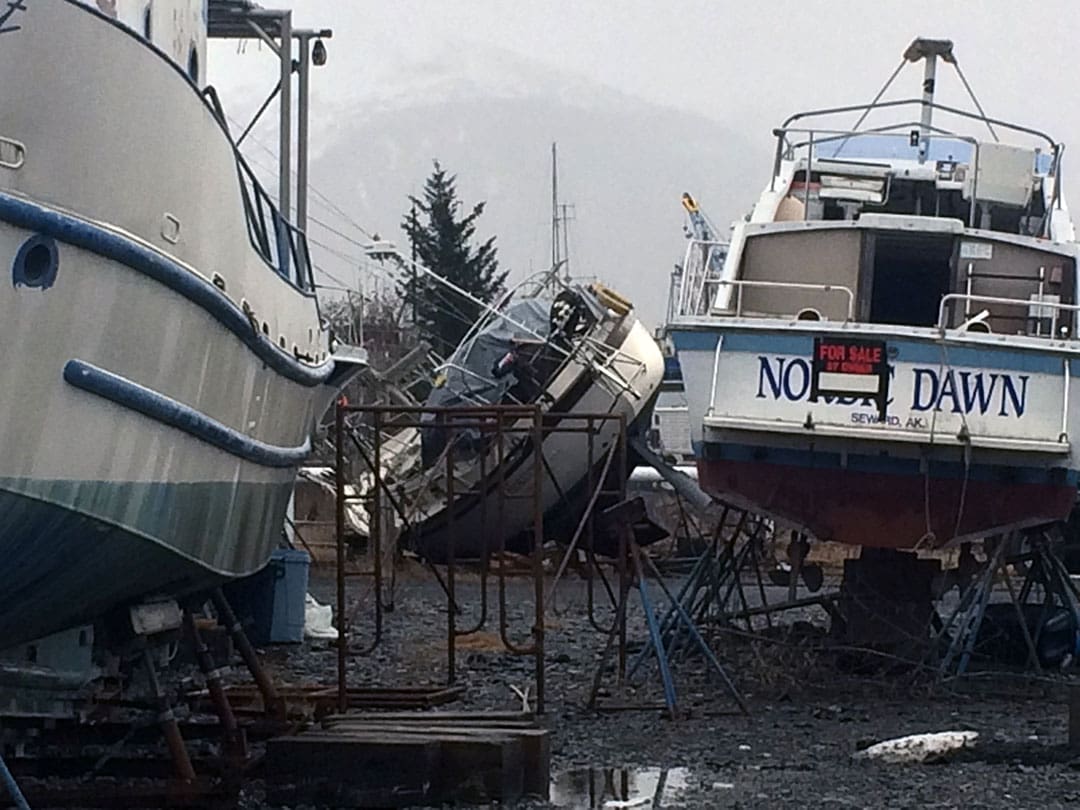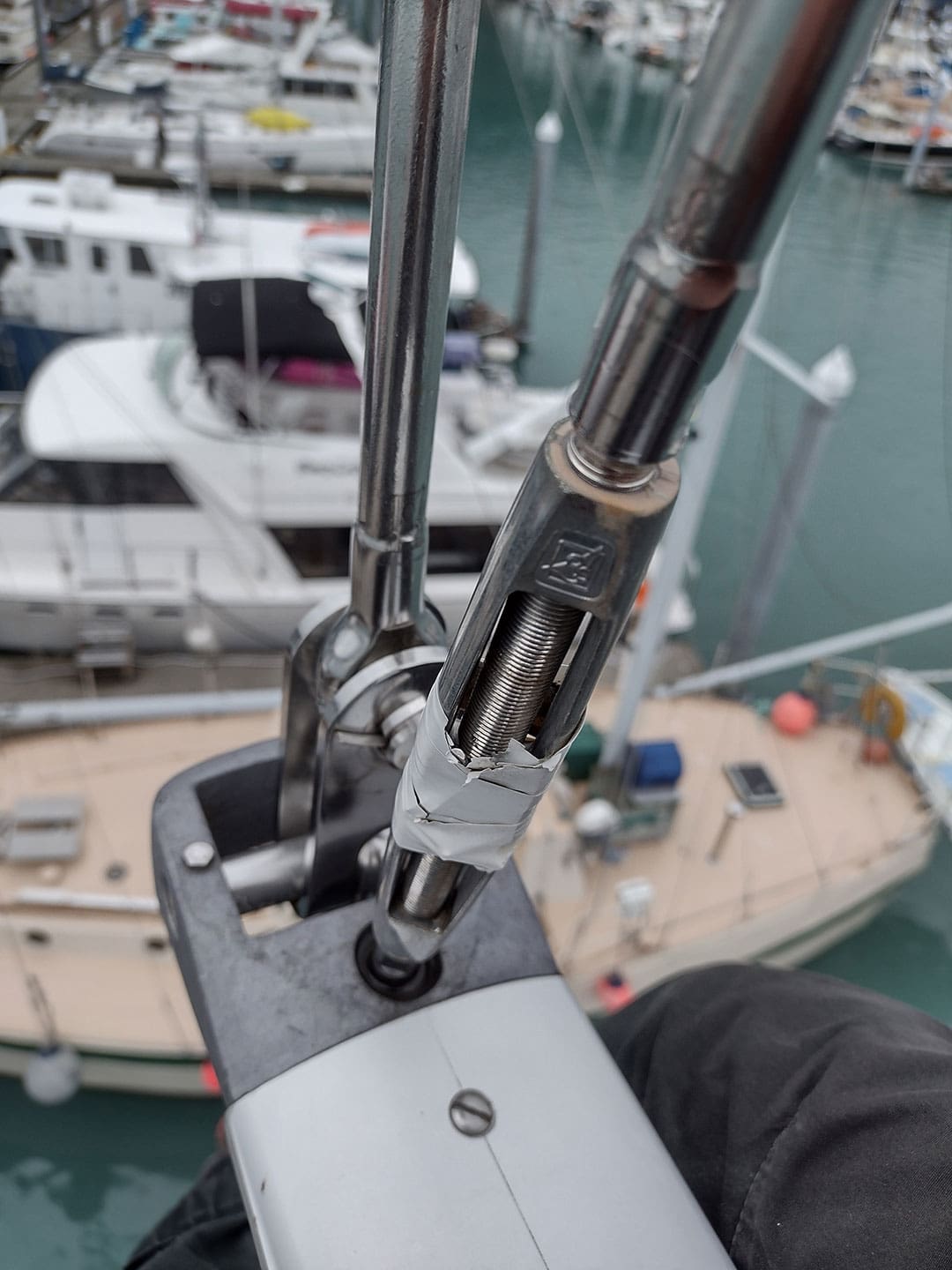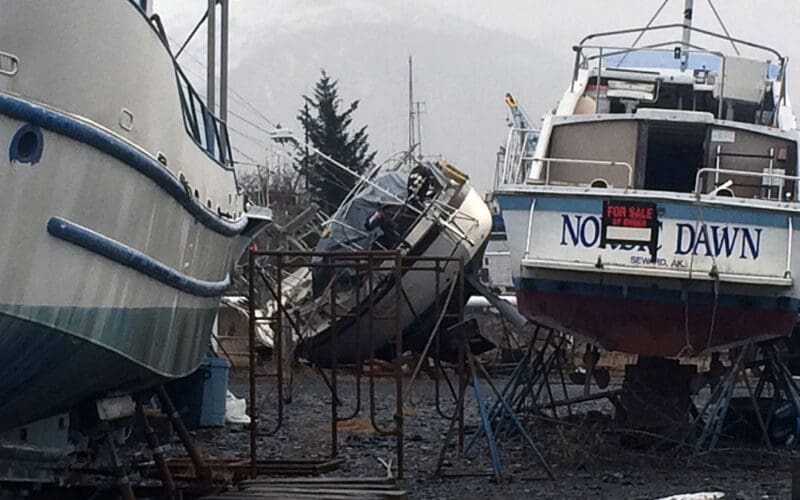
Getting marine insurance in the continental US and Canada is simple enough. Most homeowners can add a boat to their home insurance policy. Geico, Progressive and other major retail insurance companies offer marine insurance, but they are typically limited to boats less than 50 feet worth less than $2.5 million.
Even with this limitation the major carrier approach sounds like it might work for Robin and Dale, a couple in their mid-thirties living in Annapolis, Md. They just bought a well-equipped 1999 Island Packet 35 for $150,000. The boat is set up for offshore voyaging, with a watermaker, generator, galvanic isolator, storm sails, AIS, radar and heavy-duty ground tackle. Tired of east coast winters, they want to sail down and stay in the Caribbean for a few years before transiting the Panama Canal and heading west for a stop in the Galapagos. Then they want to continue to New Zealand, taking the “barefoot” route across the Pacific. They plan on doing a Newport to Bahamas rally as their shakedown sail and to meet other cruisers. Both of them have advanced first aid (Robin is actually a paramedic) and Dale is a software engineer. They both feel ready to tackle the challenges of living aboard and are excited to become sea-going digital nomads with their new vessel. There’s only one hitch: their purchase agreement for financing states they need hull insurance for the vessel.
The insurance from the major insurers cited above seems to work well for our example cruising couple Robin and Dale, until they read the fine print — the geographic policy limits coverage to within 50 miles offshore and, with several carriers, is only available for boats 20 years old or less.
For some insight on how our couple should go about insuring their boat I spoke to Craig Chamberlain, owner of Novomar Insurance (www.novamarinsurance.com), about what new owners with offshore ambitions should do to make sure they get the coverage they need for their cruising dreams.
Since 2009, Novomar has been providing marine and yacht policies to sailors. Chamberlain, an offshore sailor himself, has been in the marine insurance business since 1982. He well understands how to translate the underwriter policies into useful insurance for cruisers.
A quality policy, he says, shouldn’t have too many exclusions (like a named operators exclusion). It should have clear warranties — these are promises that the owner makes to the underwriter — typically about boat use and location. And the policy should be flexible. Underwriters should be companies with good ratings. In the past, it’s been U.S.- or U.K.-based companies that hold the highest ratings, but Chamberlain tells me they are writing more and more policies for full coverage insurance with well-rated Mexican underwriters.
Speaking of Mexico, if you’re looking to cruise into Mexican waters, you’ll need a Mexico-specific liability policy from a Mexican insurance company to meet the entry requirements at the border. Novomar offers an easy, online form to apply for this insurance on its website.
The survey says
A fresh survey is generally required to insure any new vessel, regardless of the carrier. Robin and Dale will need a Condition and Value (C and V) survey for the boat, out of the water, from a reputable surveyor. Both the National Association of Marine Surveyors (NAMS) and Society of Accredited Marine Surveyors (SAMS) have a search function to find qualified surveyors by location on their respective websites. Their surveyor should pay special attention to the standing rigging. This will probably mean having a professional rigger come out to inspect the rigging. Chamberlain cautioned that new owners should be ready to prove that the boat’s rigging has been replaced in the past 10 years, or it could be excluded from coverage in the policy, i.e. if the rig fails, the damage won’t be covered by insurance.

Take inventory
Start and keep an inventory of all the sails, engine types/serial numbers, the navigation equipment and the contents of the boat. A video walkthrough is useful backup to the written document in the event of a claim. Give this list to the surveyor to make sure they don’t miss anything (and it will help them confirm the correct model and specifications are included on the survey). Keep this updated as your ownership progresses. When the time comes to sell the boat, you’ll have a handy and accurate list to give prospective buyers and your broker.
When planning an international cruising voyage, picking the right boat is essential, even from an insurance point of view. The right boat is well-found, structurally sound, and well maintained. You know now that most insurers want the standing rigging to be 10 years or newer, so add that to the checklist when boat shopping. Another consideration is that integrated navigation and AIS systems, complex circuitry on engines and digital over analog instruments makes modern boats susceptible to significant damage from lightning strikes. A simpler system and less electronics will mean less risk in thunderstorms. If you do have modern electronics, make sure they are grounded properly with a lightning protection system.
Catamarans are reportedly struck by lightning more than any other type of hull, making them less desirable to underwriters, so if a catamaran is your first choice, understand that getting insurance can be harder and probably more expensive than with a monohull. Choose your craft wisely.
Plan ahead for hurricane season
You’ll need to know where you’re going and where you plan to keep the boat each season, and so will your insurance company. Planning ahead is key.
Identify possible haul outs, boat harbors and secure hurricane hole marinas for your upcoming season. ActiveCaptain, Noonsite and other online apps are a good start for research but keep an ear to the ground for local knowledge when you arrive in port on the cruiser net VHF channel when you’re voyaging. Make cruising guides your bedtime reading. A cruising guide may end up being your best resource once aboard, when online connectivity gets harder.
One thing I learned when cruising was to make reservations well in advance of arrival, one to three months ahead. If you want to leave your boat in a certain marina in Nuevo Vallarta, Mexico, for the hurricane season, book it as soon as possible after you lay your plans, so it’s available when you need it.
Know where you want to sail, where you want to visit, where you need to clear in and out of customs, where you can safely weather the hurricane season, and what your alternatives are in case of breakdown or any change of plans.
U.S. and Canadian sailors are used to many resources available for them at marinas and harbors. But that isn’t the case when you venture outside those waters. “You need to think like a pioneer”, says Chamberlain. “Be ready to fix your own problems. You can have the comforts of home on your boat, but don’t expect a towing service to be available once you leave the U.S.”
If you plan to leave the boat, Chamberlain says most insurance companies want a boat left unattended during hurricane season to be hauled out, tied down and periodically checked on by a responsible party. They’ll want to know where you plan to haul the boat before your start cruising for the season, generally on your annual renewal form. The Scouts have it right – be prepared!
Experience counts
Any training or licenses you have will help boost your offshore credentials, but Chamberlain says blue water miles count the most. If you don’t have any, he suggests crewing on a boat that’s sailing a passage you’d like to take on your own boat the following season. Also, many insurance companies want three crew members, minimum, for offshore passages, so plan to recruit sailors for long passages.
Keep a logbook of your passages and sailing experience. A sailing resume is a good document to send to your insurance company annually — keep it up to date as your experience grows.
How much will the insurance policy cost our hypothetical couple, Robin and Dale, for their first year cruising in the Caribbean? Chamberlain states a typical underwriter would want them to have the boat in Grenada or south for the hurricane season and that they should plan to pay about 3% of their hull rate with a deductible between 5% and 10% of the hull value. That works out to a premium of about $4,500 with a deductible between $7,500 and $15,000.
Chamberlain’s advice for couples looking to cruise together, after years of seeing clients come and go? What you don’t want, he said, is to complete an offshore passage with just the two of you, and have the experience be so awful that one spouse walks off the boat, never to return. It’s important to stay flexible, make it fun and make it easy. Get crew for long passages, take friends, and slow down your voyaging. Spend an extra year exploring an area, and take time to enjoy the adventure. That’s a recipe to insure convivial sailing for years to come. ν
Samantha Osborn, along with her husband Jesse, owns Seven Seas Sailing Logistics, which provides captain services, consulting, instruction and project management.

